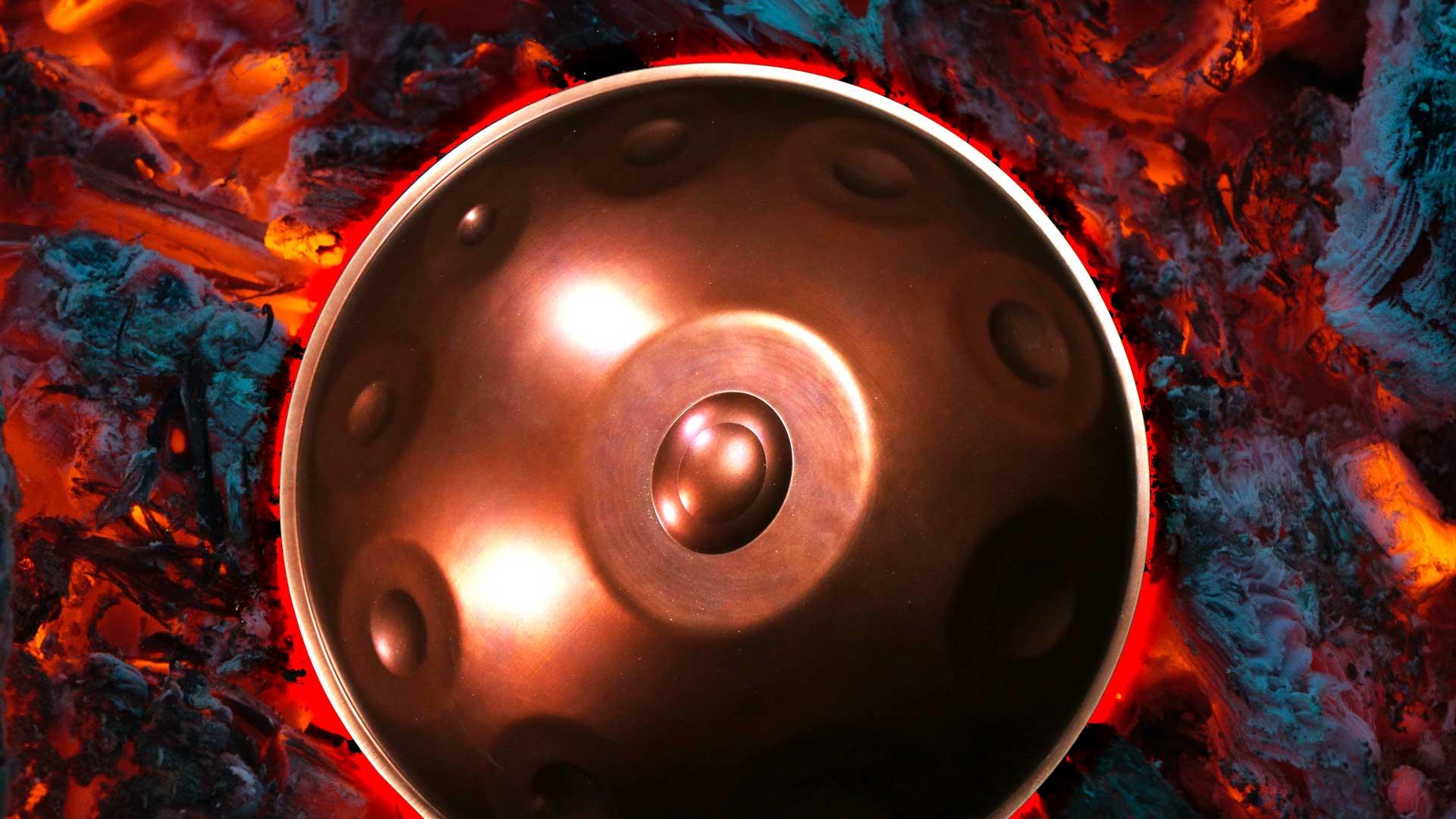The hypnotic resonance of the steel handpan continues to captivate musicians and enthusiasts worldwide. With its celestial tones and mesmerizing sustain, this modern percussion marvel invites a unique exploration of melody, rhythm, and emotional depth. As demand surges, understanding the nuances of high-quality steel handpan instruments becomes essential for discerning buyers and players alike.
The Allure of Steel Handpans
At first glance, the steel handpan appears deceptively simple: two convex steel shells seamlessly fused together. Yet within its domed surface lies a carefully engineered array of tone fields, each tuned to emit precise frequencies and harmonic overtones. When struck with the fingertips, these fields produce rich, layered sounds that blend rhythm and melody into a seamless auditory experience.
What sets the steel handpan apart is its ability to evoke both meditative calm and vibrant expression. Its tonal clarity, combined with lingering sustain, allows players to explore intricate compositions or simply lose themselves in spontaneous improvisation.
Materials Matter: The Heart of Quality
The craftsmanship behind every steel handpan begins with its core material. High-quality instruments typically use one of two main types of steel:
1. Nitrided Steel
Nitrided steel undergoes a specialized heat and gas treatment that hardens the surface and increases resistance to corrosion. This treatment not only protects the instrument from moisture and wear but also enhances its warm, earthy tonal character. Many seasoned players favor nitrided steel handpan models for their balanced, soulful sound.
2. Stainless Steel
Stainless steel offers superior corrosion resistance and an extended sustain that feels almost ethereal. The crystalline purity of tone produced by stainless steel handpan models appeals to players seeking clear, bell-like resonance with minimal maintenance concerns. While stainless models may feel brighter, they retain the rich harmonic complexity that defines the instrument.
Masterful Craftsmanship: Where Art Meets Precision
The creation of a high-quality steel handpan is as much an art as it is a science. Each instrument demands meticulous hand-shaping, precision tuning, and hours of fine-tuning to achieve perfect balance across all tone fields.
Exceptional makers devote years to mastering their technique. They carefully balance tension across the steel surface, ensuring each note resonates cleanly and harmoniously with its neighbors. The result is an instrument that sings, responds to subtle variations in touch, and maintains stable tuning over time.

Choosing the Right Scale
The scale selection plays a crucial role in the overall experience of playing a steel handpan. Popular scales include:
- D Kurd: Deep, versatile, and emotionally rich.
- Celtic Minor: Evocative and melancholic, ideal for meditative sessions.
- Integral: Balanced and harmonious, suitable for a wide range of styles.
- Hijaz: Exotic and dramatic, offering Middle Eastern flair.
Beginners often start with more forgiving scales like D Minor, while experienced players may seek out more intricate tunings that challenge their creativity.
Sourcing High-Quality Steel Handpans
With the growing popularity of the steel handpan, a variety of sources now offer these instruments online. Navigating this market requires careful consideration:
1. Direct from Artisans
Purchasing directly from reputable makers ensures authenticity and quality. Established artisans such as Ayasa, Yishama, and Pantheon Steel have earned global recognition for their superior craftsmanship and consistent tuning.
2. Specialized Marketplaces
Dedicated platforms like Handpan.org Marketplace and select online communities offer vetted listings, allowing buyers to connect with sellers, request sound samples, and verify instrument condition before purchase.
3. Premium Retailers
Trusted music stores sometimes stock high-quality steel handpan models with warranty protections and return policies, providing added security for cautious buyers.
4. Pre-Owned Options
The second-hand market can offer excellent deals on well-maintained instruments. However, it’s crucial to assess the handpan’s tuning stability, visible wear, and maker authenticity before committing to a purchase.
Red Flags to Avoid
Given the rising demand, subpar manufacturers have entered the market offering poorly made instruments. Caution is essential to avoid disappointment:
- Suspiciously low prices often signal inferior craftsmanship.
- Lack of sound samples can indicate a reluctance to reveal poor tonal quality.
- Limited reviews or transparency should raise concerns about credibility.
The Transformative Power of the Steel Handpan
A superior steel handpan transcends mere instrumentation. It becomes a partner in personal expression, meditation, and even therapeutic practice. The instrument’s tactile nature invites deep connection, where each touch elicits immediate, resonant feedback.
For performers, its portable design allows for immersive live experiences. For hobbyists, it offers an intimate retreat into sound and mindfulness. Regardless of skill level, a finely crafted steel handpan serves as both muse and sanctuary.
Conclusion
Exploring the world of high-quality steel handpan instruments reveals a rich landscape of artistry, innovation, and profound sonic beauty. By focusing on materials, craftsmanship, scale, and trusted sources, players can confidently select an instrument that resonates with their unique musical voice.
In a fast-paced world, the enduring tones of the steel handpan provide a haven of tranquility and inspiration. Each note, carefully shaped and finely tuned, carries the legacy of master artisans and offers an open invitation to explore the endless possibilities of melody and rhythm.





